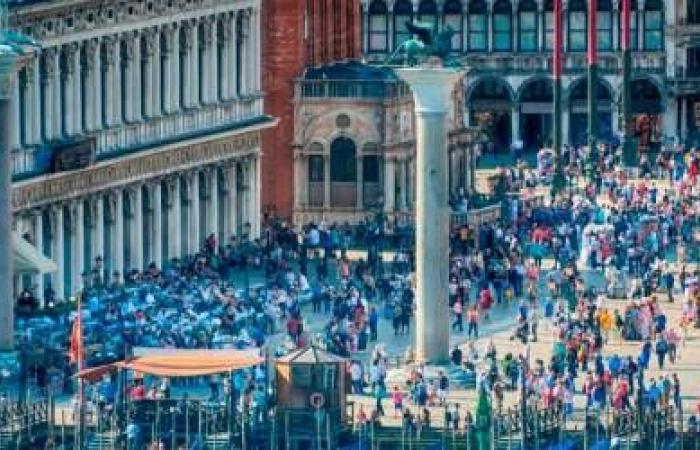The goal was to reduce the tourist flowbut it seems that the entrance fee to Venice did not lead to decrease of daily visitors. During the trial phase, which ended on May 5, over 195 thousand tickets were sold, generating revenue for 975 thousand eurosmuch more than the city expected.
However, he explains in an article on Milano Finanza Francesco FioreseManaging Partner of Simon-Kucher & Partners, hit-and-run tourists have not decreased, on the contrary: “A recent Sunday – he reports – saw the influx of 70 thousand visitorsabout 5,000 more compared to the same period of the previous year. The measure, initially active only on weekends between 8.30am and 4pm until mid-July, was welcomed with skepticism by some local associations. Representatives of the ‘Whole City Together’ movement criticized the initiative, calling it a complete failure. According to Enrico Tonolo, president of the movement, the tax is nothing more than an ‘artfully orchestrated marketing campaign’, with no real intent to reduce the number of visitors”.
The discomfort of the residents
Opponents of the measure also point to the complications for residents, who are forced to show their identity cards during checks and provide their guests’ personal data to be exempt from the tax. “These restrictions – continues Fiorese – are perceived as a further inconvenience for those who live permanently in Venice; the pressure exerted by mass tourism not only affects the physical infrastructure of the city, but also the well-being of its inhabitants. Residents complain about a increase in the cost of living it’s a reduction in the quality of services at their disposal, caused by the continuous influx of tourists, while commercial activities are increasingly adapting to the needs of visitors, neglecting those of residents”.
Venice, therefore, has not freed itself from the pressure of mass tourism and finds itself welcoming something like 80 thousand tourists every day compared to 49 thousand residents. A complex problem, that of overtourism, which according to Fiorese can only be addressed by adopting advanced technologies to monitor and manage tourist flows, such as online booking systems and the use of big data to analyze tourism trends. “It would also be useful to promote more sustainable forms of tourism and responsible, which enhance the cultural heritage without overloading the city”.






